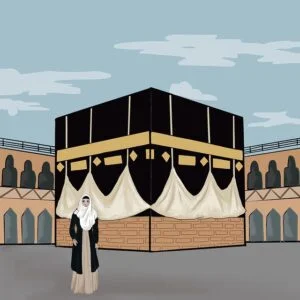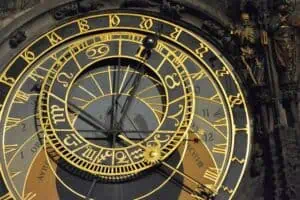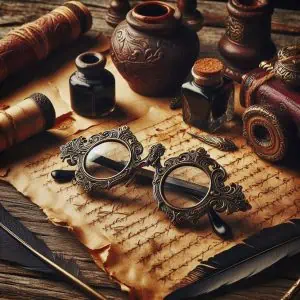The astrolabe was one of the most advanced medieval inventions for astronomy and navigation. Originally developed in ancient times and refined by Islamic scholars, the medieval astrolabe allowed users to measure celestial positions, time, and latitude. It became essential for scholars, sailors, and monks across Europe. By the High Middle Ages, the astrolabe symbolized the growing influence of scientific knowledge in medieval society. This remarkable tool helped bridge ancient learning with future discoveries in astronomy and navigation.
Among the calculations that an astrolabe can compute are the position of the Sun and the Moon, the exact computation of a region’s latitude and local time, the motion of the planets, and the movement of the stars.

Although basic versions of the astrolabe have existed since classic antiquity, it was during the medieval period that more sophisticated and advanced variants of the astrolabe were constructed. Most notably, the spherical astrolabe was a medieval invention dated to the early 10th century.

Astrolabe History
In the medieval period, the earliest advancements in the design and construction of astrolabe took place in the Muslim world, from where it then travelled to Europe. Among the Muslims in the medieval period, interest in astrolabe was new as the instrument aided in the timing of religious prayers and determining the direction of Qibla.

This led to the development of astrolabes in different parts of the Muslim world, beginning as early as the 8th century and continuing until the 13th century. In Western Europe, the earliest metal astrolabes were constructed in 10th century Spain, possibly a result of Moorish influence from southern Iberia.

From Spain, the transfer of knowledge between the monastic establishments of the Church brought the design of metal astrolabe to France in the 11th century. From the 11th century onwards, many European sources speak of the astrolabe construction in detail. The first universal astrolabe was invented by Arzachel in Moorish Spain. His invention reached Europe by the 11th century when the universal astrolabe came to be called a Saphaea.
Astrolabe Design
Early astrolabes were made from wood. This made them light-weight and inexpensive to manufacture but it also came with the notable disadvantage that wooden astrolabes would frequently be victim to warping. This was resolved by the construction of metal astrolabes, most frequently made from brass.

The design of a basic astrolabe comprised of a basic disk called a mater. The Mater is graded into hours and arc degrees and is deep enough to hold multiple plates called climates. Each climate represents a part of the sky above the horizon and is meant for use along a specific latitude.

Although a basic astrolabe’s operation depends on the latitude of the observer as well, a universal astrolabe is free from such limitations. The basic design of an astrolabe inspired the development of early clocks in Western Europe.
Astrolabe Uses
During the medieval period, astrolabes were put to a wide range of uses. They were primarily developed as an aid to religious prayers. Since astrolabes helped to determine the exact time of sunset, sunrise, and other hours, they helped regulate daily prayer hours.

They also helped determine the latitude and local times of different regions. Astrolabes were also used for navigation by medieval naval vessels. Astronomers and astrologers also extensively made use of astrolabes for various computations, mostly concerned about the movement and position of stars, planets, the Sun, and the Moon.
What was the purpose of the astrolabe in medieval times?
The astrolabe helped measure the positions of stars, determine time, and calculate latitude — crucial for astronomy and navigation.
Who used the astrolabe in the Middle Ages?
Scholars, astronomers, sailors, and monks used it for celestial observations, navigation, and religious calendar calculations.
Where was the astrolabe invented or developed?
It originated in ancient Greece, was perfected by Islamic scholars, and reintroduced to Europe during the Middle Ages.
How did the astrolabe influence medieval science?
It advanced astronomy, mathematics, and navigation, laying foundations for future scientific developments in Europe.





